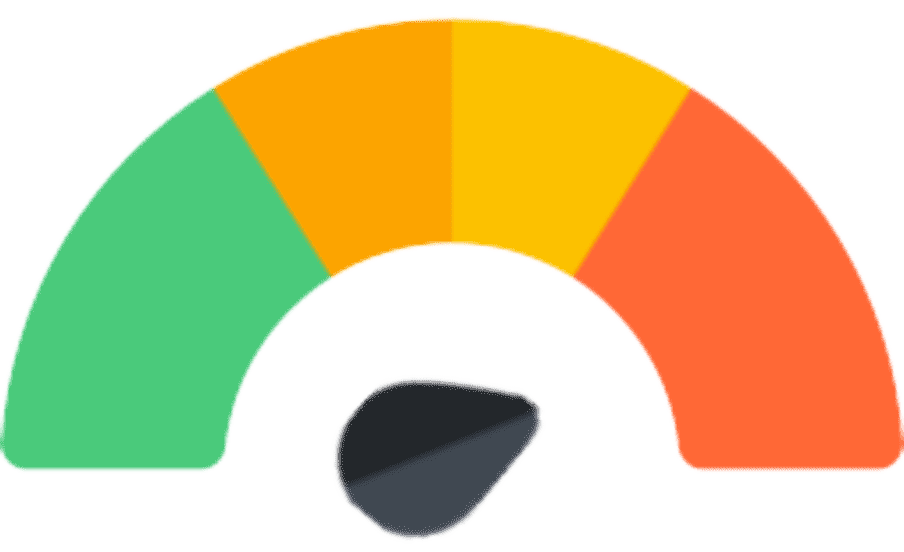(Bold for FDA approved)
 How QUETIAPINE works
How QUETIAPINE works• Blocks dopamine 2 receptors, reducing positive symptoms of psychosis and stabilizing affective symptoms
• Blocks serotonin 2A receptors, causing enhancement of dopamine release in certain brain regions and thus reducing motor side effects and possibly improving cognitive and affective symptoms
• Interactions at a myriad of other neurotransmitter receptors may contribute to quetiapine’s efficacy in treatmentresistant depression or bipolar depression, especially serotonin 1A partial agonist action, norepinephrine reuptake blockade and serotonin 2C antagonist and serotonin 7 antagonist properties
• Specifically, actions at serotonin 1A receptors may contribute to efficacy for cognitive and affective symptoms in some patients, especially at moderate to high doses
• Psychotic and manic symptoms can improve within 1 week, but it may take several weeks for full effect on behavior as well as on cognition and affective stabilization
• For psychosis, classically recommended to wait at least 4–6 weeks to determine efficacy of drug, but in practice some patients require up to 16–20 weeks to show a good response, especially on negative or cognitive symptoms
• For depression, onset of therapeutic actions usually not immediate, but often delayed 2–4 weeks
 Notable Side Effects
Notable Side Effects• Dose-dependent weight gain
• May increase risk for diabetes and dyslipidemia
• Dizziness, sedation
• Dry mouth, constipation
• Dyspepsia, abdominal pain
• Tachycardia
• Orthostatic hypotension, usually during initial dose titration
• Tardive dyskinesia (reduced risk compared to conventional antipsychotics)
• Risk of potentially irreversible, involuntary dyskinetic movements may increase with cumulative dose and treatment duration
 Life Threatening Side Effects
Life Threatening Side EffectsHyperglycemia, in some cases extreme and associated with ketoacidosis or hyperosmolar coma or death, has been reported in patients taking atypical antipsychotics
• Rare neuroleptic malignant syndrome may cause hyperpyrexia, muscle rigidity, delirium, and autonomic instability with elevated creatine phosphokinase, myoglobinuria (rhabdomyolysis), and acute renal failure
• Rare seizures
• As a class, antipsychotics are associated with an increased risk of death and cerebrovascular events in elderly patients with dementia; not approved for treatment of dementia-related psychosis
• As a class, antidepressants have been reported to increase the risk of suicidal thoughts and behaviors in children and young adults

common

problematic
• Wait
• Wait
• Wait
• Usually dosed twice daily, so take more of the total daily dose at bedtime to help reduce daytime sedation
• Start dosing low and increase slowly as side effects wear off at each dosing increment
• Beta blockers, benzodiazepines, or serotonin 2A antagonists (e.g., mirtazapine, cyproheptadine) may reduce akathisia
• Weight loss, exercise programs, and medical management for high BMIs, diabetes, dyslipidemia
• Metformin may help prevent or reverse antipsychotic-induced weight gain
• Switch to another atypical antipsychotic
• 400–800 mg/day in 1 (quetiapine XR) or 2 (quetiapine) doses for schizophrenia
• 400–800 mg/day in 1 (quetiapine XR) or 2 (quetiapine) doses for bipolar mania
• 300 mg once daily for bipolar depression
 Dosage Forms
Dosage Forms• Tablets 25 mg, 50 mg, 100 mg, 150 mg, 200 mg, 300 mg, 400 mg
• Extended-release tablets 50 mg, 150 mg, 200 mg, 300 mg, 400 mg
• Approved for long-term maintenance in schizophrenia and bipolar disorder, and often used for long-term maintenance in various behavioral disorders
• Should periodically reevaluate long-term usefulness in individual patients, but treatment may need to continue for many years
• No
 Renal Impairment
Renal Impairment• No dose adjustment required
 Hepatic Impairment
Hepatic Impairment• Downward dose adjustment may be necessary
 Cardiac Impairment
Cardiac Impairment• Use in patients with cardiac impairment has not been studied, so use with caution because of risk of orthostatic hypotension
• Use with caution if patient is taking concomitant antihypertensive or alpha 1 antagonist
 Elderly
Elderly• Lower dose is generally used (e.g., 25–100 mg twice a day), although higher doses may be used if tolerated
• Although atypical antipsychotics are commonly used for behavioral disturbances in dementia, no agent has been approved for treatment of elderly patients with behavioral symptoms of dementia such as agitation
• Elderly patients with dementia-related psychosis treated with atypical antipsychotics are at an increased risk of death compared to placebo, and also have an increased risk of cerebrovascular events
• Consider pimavanserin for dementia-related psychosis or Parkinson’s disease psychosis instead of an atypical antipsychotic
 Children and Adolescents
Children and Adolescents• Approved for use in schizophrenia (ages 13 and older) and manic/mixed episodes (ages 10 and older)
• Clinical experience and early data suggest quetiapine may be safe and effective for behavioral disturbances in children and adolescents
• Children and adolescents using quetiapine may need to be monitored more often than adults and may tolerate lower doses better
• Use with caution, observing for activation of suicidal ideation, and inform parents or guardians of this risk so they can help observe child or adolescent patients
 Pregnancy
Pregnancy• Controlled studies have not been conducted in pregnant women
• There is a risk of abnormal muscle movements and withdrawal symptoms in newborns whose mothers took an antipsychotic during the third trimester; symptoms may include agitation, abnormally increased or decreased muscle tone, tremor, sleepiness, severe difficulty breathing, and difficulty feeding
• When administered to pregnant rats and rabbits, embryofetal toxicity occurred at doses 1- and 2-times the maximum recommended human dose (MRHD), and maternal toxicity occurred at 2 times the MRHD in rats and 1–2 times the MRHD in rabbits
• Psychotic symptoms may worsen during pregnancy and some form of treatment may be necessary
 Breast Feeding
Breast Feeding• Unknown if quetiapine is secreted in human breast milk, but all psychotropics are assumed to be secreted in breast milk
• Recommended either to discontinue drug or formula feed
• Infants of women who choose to breast feed while on quetiapine should be monitored for possible adverse effects
Based on data Published online by Cambridge University Press
Compiled by Dr. Jash Ajmera